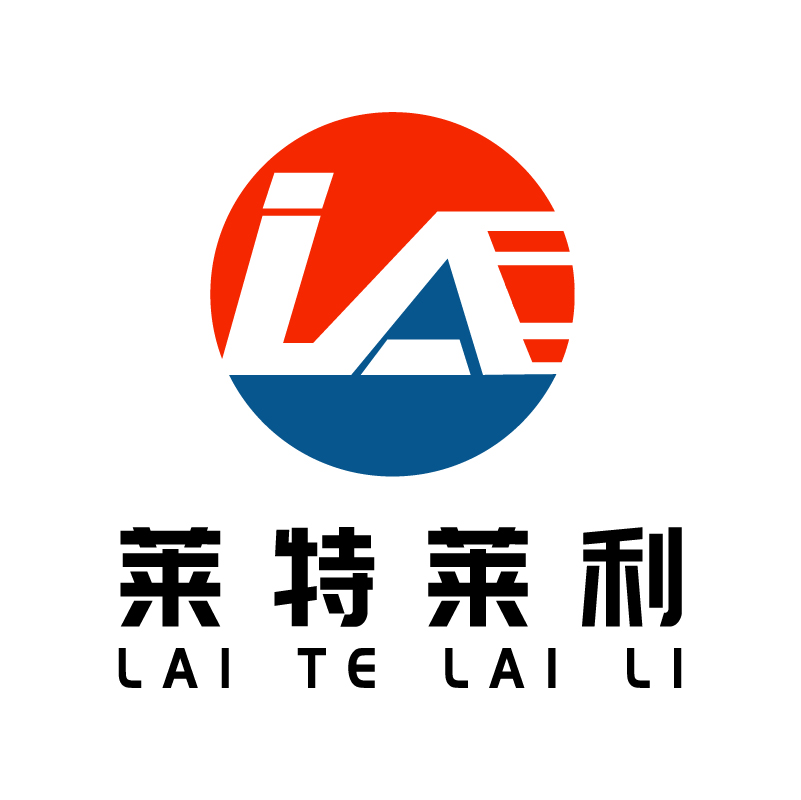What is the survival strategy of small and medium-sized enterprises in the color thermal label industry?
The survival strategy of small and medium-sized enterprises in the color thermal label industry can be summarized as follows:
First, accurate market positioning and differentiated competition
1.Market segment positioning: small and medium-sized enterprises should in-depth analysis of market demand, choose their own market segments for deep cultivation. For example, color thermal label paper can be focused on specific industries (such as retail, logistics, medical, etc.) or specific application scenarios (such as anti-counterfeiting labels, personalized packaging, etc.).
2.Differentiated competition: Through technological innovation, product design or service model and other aspects of differentiation, to distinguish themselves from competitors, to meet the unique needs of customers. For example, the development of color thermal label paper with special features (such as water resistance, oil resistance, high temperature resistance), or to provide customized label solutions.
Second, strengthen technology research and development and innovation capabilities
1.Increase investment in research and development: smes should attach importance to technology research and development and innovation capacity building, continue to invest capital and human resources, and promote product upgrading and technological innovation.
2.Cooperation and alliance: actively establish cooperative relations with universities, scientific research institutions or upstream and downstream enterprises, share resources, joint research and development, and enhance the technical strength and innovation ability of enterprises.
Third, optimize cost control and supply chain management
1.Lean production: Through optimizing the production process, improving production efficiency, reducing raw material consumption and other ways to achieve cost control and benefit improvement.
2.Supply chain management: strengthen cooperation and communication with suppliers to ensure the stable supply of raw materials and quality assurance. At the same time, optimize inventory management, reduce inventory overhang and capital occupation.
Fourth, expand sales channels and brand building
1.Diversified sales channels: In addition to traditional sales models, smes should also actively explore online sales channels (such as e-commerce platforms, self-built official websites, etc.) to achieve integrated development of online and offline.
2.Brand building: Pay attention to the shaping and communication of brand image, and enhance brand awareness and reputation by participating in industry exhibitions, releasing new products, providing quality services, etc.
Fifth, pay attention to policy developments and regulatory requirements
1.Policy research: Pay close attention to the policy dynamics and regulatory requirements of national and local governments, and timely adjust business strategies to adapt to policy changes.
2.Compliance operation: Ensure that the business activities of the enterprise comply with the requirements of relevant laws and regulations, and avoid the business risks caused by violations of laws and regulations.
Sixth, flexibly respond to market changes and customer needs
1.Market acumen: Maintain the sensitivity to market changes, timely adjust the product structure and market strategy to cope with market fluctuations.
2.Customer orientation: adhere to the customer-centric business philosophy, in-depth understanding of customer needs and feedback, to provide personalized, customized products and services.
In summary, the survival strategy of small and medium-sized enterprises in the color thermal label industry needs to consider market positioning, technological innovation, cost control, channel expansion, brand building and policy compliance. By making scientific and reasonable management strategies and putting them into practice, small and medium-sized enterprises can survive and develop in the fierce market competition.


